The Revision of the Accreditation Standards for Basic Medical Education in China and Implementation and Improvement of the Accreditation System for Medical Education won the first prize of the National Teaching Achievement Award of Higher Education
A few days ago, the Ministry of Education issued the "Decision on Approving the National Teaching Achievement Awards for 2018" (Teacher [2018] No. 21), and announced the results. “The Revision of the Accreditation Standards for Basic Medical Education in China and Implementation and Improvement of the Accreditation System for Medical Education” won the first prize of the National Teaching Achievement Award for Higher Education.
Achievements
Medical education bears the heavy responsibility of cultivating medical professionals, which is directly related to people's health needs, the strategy for a Healthy China 2030 and building an overall well-off society. As a major country of medical education, China has more than 200 medical schools in operation. However, the quality of medical programs in these medical schools is unbalanced and needs to be improved. As an internationally accepted quality assurance system, medical education accreditation aims to improve the quality of personnel training on medical education professionals and to ensure the sustainable and healthy development of medical education.
This project can be traced back to a key study of the Ministry of Education named “A Research on Quality Assurance System of Chinese Medical Education” in 2002, which drafted the Standards and Guidelines for Basic Medical Education. With the recommendation and promotion of the research team, in 2008, the Ministry of Education and the former Ministry of Health jointly issued The Standards and Guidelines for Basic Medical Education (for Trial Implementation) and set up the Working Committee for the Accreditation of Medical Education (WCAME) and its secretariat to conduct China’s accreditation of medical education programs. By revising the basic medical education standards, developing the accreditation system, and implementing the accreditation, a medical education accreditation system has been established with Chinese characteristics and equivalent to the international practices, which has played an important role in the standardization, quality assurance, deepening reforms and internationalization of China’s medical education.
Filling the gap and pointing the direction
Referring to the 2012 edition of the WFME Global Standards for Quality Improvement: Basic Medical Education of the World Federation of Medical Education (WFME), the project team revised and improved the 2008 edition of China's Standards and Guidelines for Basic Medical Education (for Trial Implementation) with comparative research, empirical research, expert consultation and practice summarization. The outcome document is the Accreditation Standards for Basic Medical Education in China and Guidelines for the Accreditation of Basic Medical Education (2016).
The 2008 document has filled the gap in China's lack of standard guidance in modern medical education in the last century. The 2016 edition reflects the international trend, the domestic status quo and social expectations of medical education. It reflects the collaboration of medicine and education, and is in line with international standards.
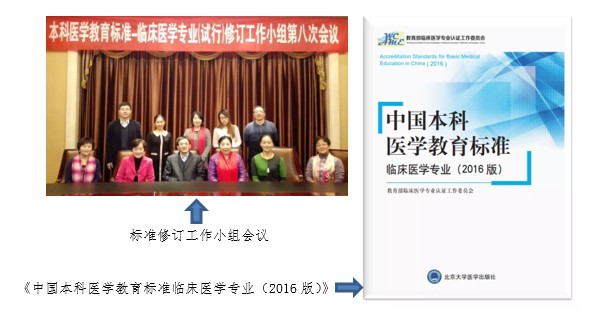
Left: The team on standard revision
Right: Accreditation Standards for Basic Medical Education in China and Guidelines for the Accreditation of Basic Medical Education (2016)
The 2016 standards has become the basis for the quality assurance and running of higher medical education in the country. It has been recognized and has become the national standard recently issued by the Ministry of Education. Besides, Opinions on Furthering the Coordination between Healthcare Services and Medical Education to Push Forward the Reform and Development of Medical Education. Issued by the General Office of the State Council〔2017〕No. 63, stated that, “We aim to establish and improve the quality assessment and accreditation system for medical education, and to establish a system with Chinese characteristics and international equivalency by 2020." This policy is issued based on the implementation of the project, and has put forward requirements for further improvement and promotion of it.
Established an external quality assurance system
Under the guidance of the Healthy China Strategy, the project established a national quality assurance system of medical education. In 2012, the set-up of the Secretariat of the Working Committee accelerated the accreditation progress. Referenced to international experience, the Working Committee established a process of “application - self-evaluation - site visit – feedback of preliminary findings and final report – ongoing improvement”. Combining with the actual situation of medical education in China, the Working Committee created the preliminary visit system and the return visit system, which embodies the principles of encouraging ongoing improvement of medical schools through accreditation.
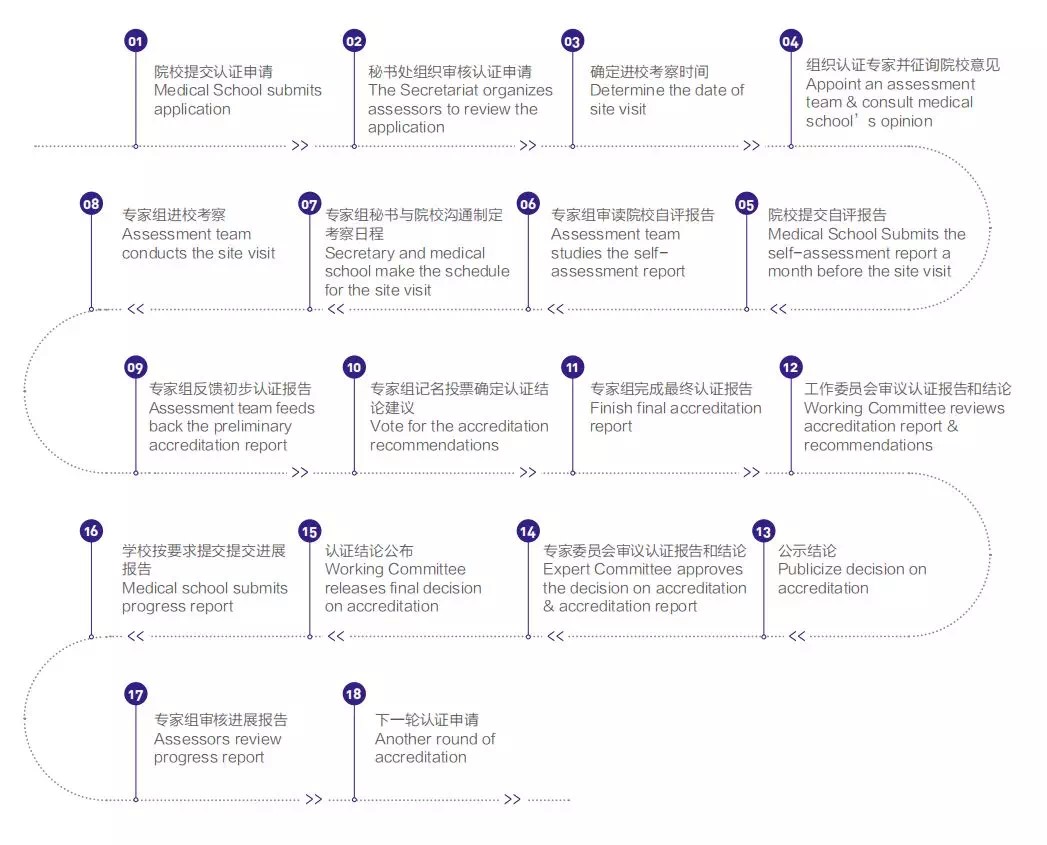
Accreditation process
The Working Committee established the internal management system and working norms and revised the Handbook for Assessors and Handbook for Medical Schools. The Working Committee also built a feedback mechanism for the accredited medical schools to evaluate the whole process of accreditation and the performance of assessors to ensure that the work of accreditation could comply with international practices and continue to improve.
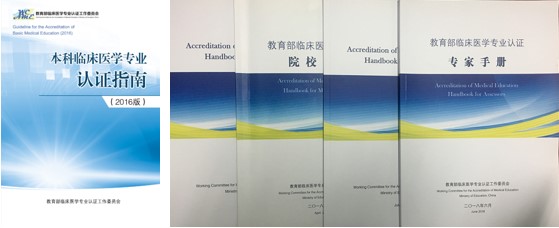
Accreditation Guidelines, Handbook for Assessors, and Handbook for Medical Schools
The project has set up a balanced team of experts (more than 240, including dozens of foreign experts), whose majors cover education, medical education, basic medicine and clinical medicine. By December of 2017, 73 (47.7%) medical schools have received the accreditation, and The working Committee has conducted the preliminary visits to 17 schools and review visits to 5 schools; 45 schools has submitted 67 progress reports and 11 comprehensive reports. The 2015-2017 accreditation feedback showed that 100% of the institutions expressed their satisfaction with the overall situation of the accreditation, and more than 92.8% recognize the positive impact of accreditation on update of educational concept, clarification of training objectives, improvement of education plans, improvement of infrastructure, promoting teaching reform, and growth of investment.
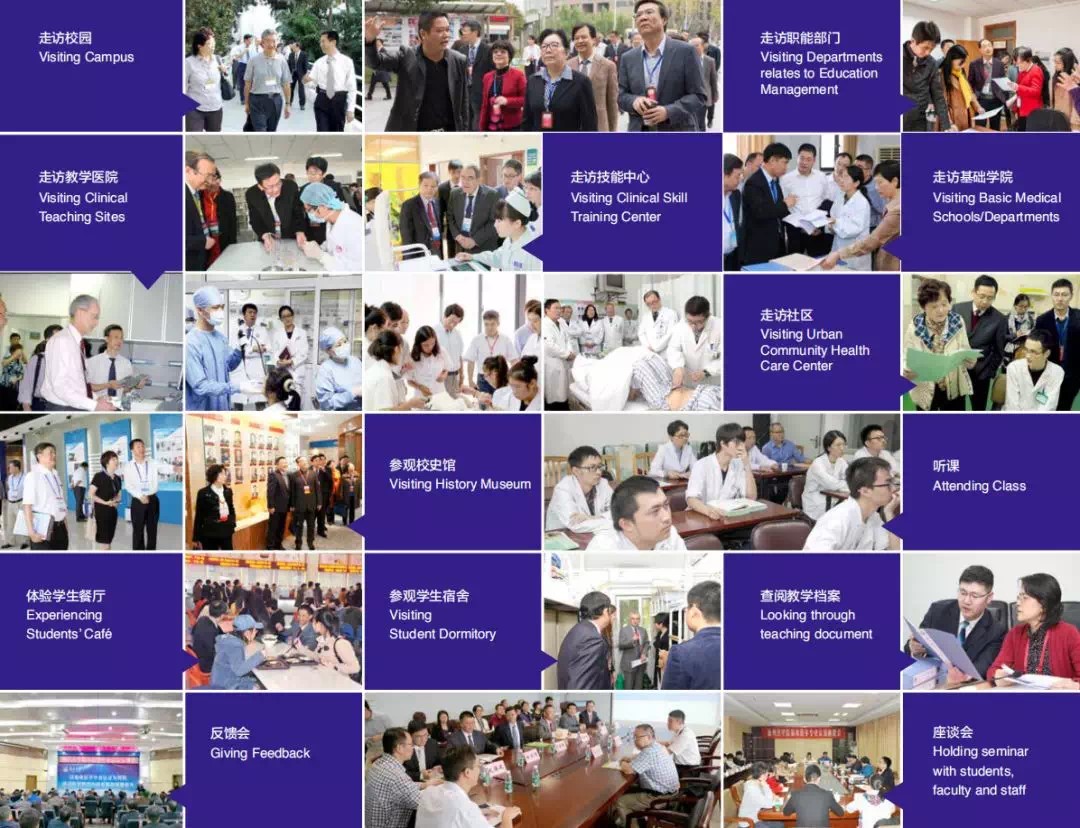
Accreditation visits
Conducting international cooperation
China's medical education depended on mostly its experience in terms of implementation, reform and quality evaluation, and is in need of improvement. Through revision of the standards and optimization of the mechanism, an accreditation system with international equivalency has been gradually established, laying a foundation for the quality assurance and improvement of China’s medical education.
Over the years, the Working Committee cooperated with the international accreditation authorities, for example, the World Federation of Medical Education (WFME), the Western Pacific Medical Education Association (WPAME), the Australian Medical Council (AMC), and the American International Association for the Advancement of Medical Education and Research (FAIMER); foreign experts have been invited to participate in China's accreditation. The Working Committee also actively participate in activities held by international organizations on accreditation. The cooperation above has promoted the internationalization of China's medical education and has ensured the substantive equivalency of the accreditation system.
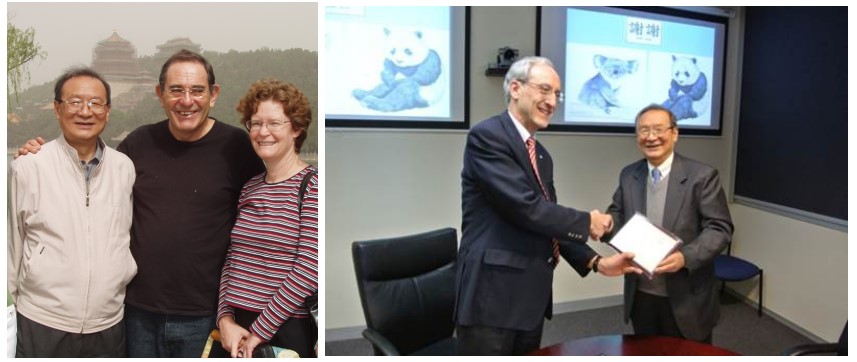
International communication and cooperation
Chinese accreditation system of medical education has been highly recognized by foreign experts who participated. In 2017, FAIMER especially recommended the Myanmar accreditation visiting group to observe the accreditation program and to communicate in China, which is a landmarking event showing the international influence of China’s accreditation work.
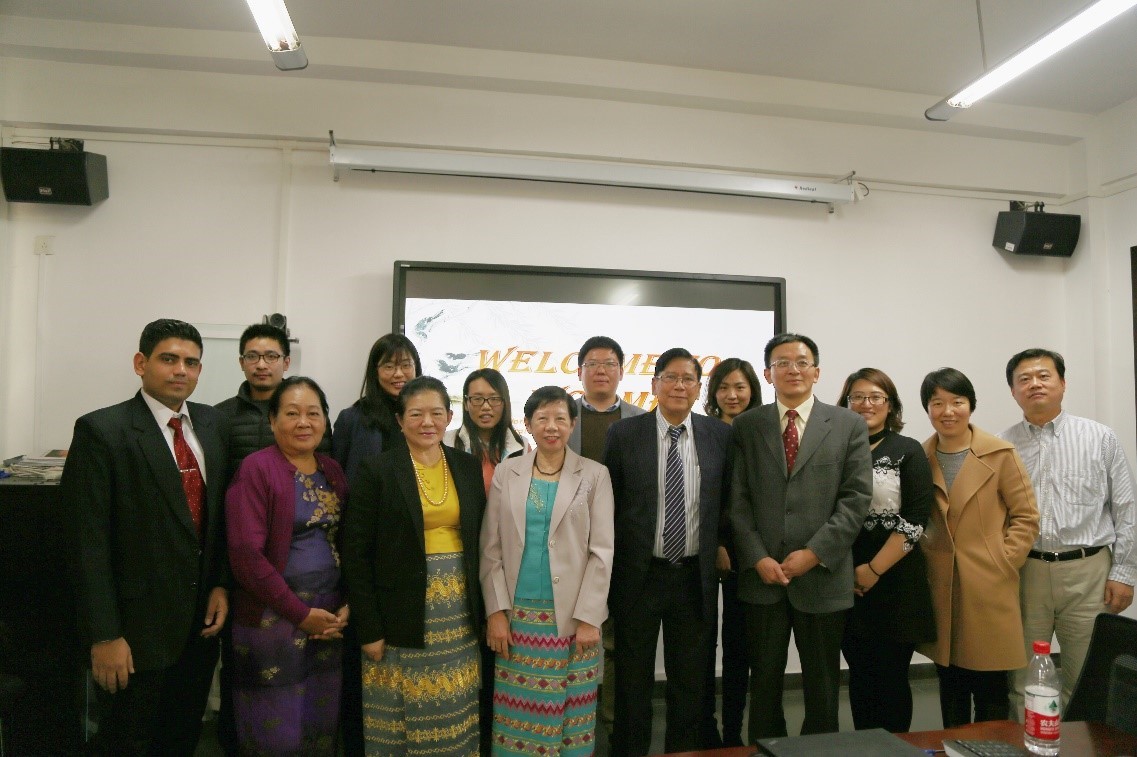
The Myanmar accreditation visiting group in China
Communicating medical education concepts in China
The revised 2016 version of medical education standards has adjusted with the development of medical education. It introduces new concepts, technology and methods of medical education, which instruct the reform and development of medical education in China.
The implementation of the guidelines set up a communication platform of medical education to cultivate the culture of quality assurance. The Working Committee has held more than 30 conferences to spread the advanced concept of medical education and promote the reform, such as the International Summit of Medical Education, Workshops of the Secretariat of Working Committee, training seminars of the assessors, secretaries, and medical schools, etc., benefiting more than 130 medical schools nationwide and thousands of scholars. The members of the Secretariat of the Working Committee has combined research with the practice in accreditation and published nearly 20 academic articles to promote concepts of medical education and research findings of accreditation.
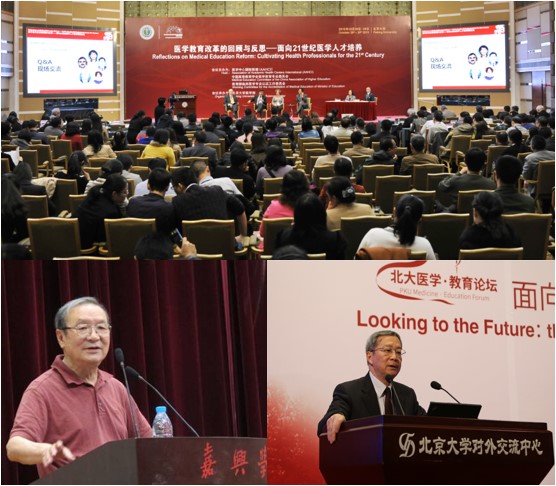
Establishing the communication platform and spreading the advanced concepts of medical education
Reshaping the culture of quality evaluation in medical education in China
The evaluation of teaching in China tends to be conclusive or hierarchical assessments, which lacks focus on continuous improvement after evaluation. The accreditation of medical education emphasizes the concept of development and continuous improvement after accreditation, so as to reshape the culture of quality evaluation in medical education in China.
The project embodies the wisdom and hard work of Chinese medical education experts. This award recognizes the achievements of the previous accreditation work, and lays a good foundation for future. Besides, it also encourages the experts and schools who participated in the practice and development of accreditation.

